Chemicals list & Research Gallery
CAS number: 6046-93-1
Cupric acetate monohydrate, also known as Copper(II) acetate monohydrate, is a blue-green crystalline solid, slightly soluble in water and alcohol, and slightly soluble in ether and glycerol. It is a bivalent complex of copper and is often encountered as the monohydrate form.

Plausible mechanism.
CAS number: 60541-32-4
Benzene-1,3,5-tricarboxamide (BTA) is a molecule with a central benzene ring and three amide groups attached at the 1,3,5 positions. It's known for its ability to self-assemble into supramolecular structures like one-dimensional columns, due to hydrogen bonding between the amide groups and π-π stacking of the benzene rings. This self-assembly behavior makes it a versatile building block for various applications in nanotechnology and biomedicine.

Chemical structure of symmetric and asymmetric benzene-1,3,5-tricarboxamides (sBTA and aBTA, respectively).
CAS number: 60719-84-8
Amrinone is a 3,4'-bipyridine substituted at positions 5 and 6 by an amino group and a keto function respectively. A pyridine phosphodiesterase 3 inhibitor, it is a drug that may improve the prognosis in patients with congestive heart failure. It has a role as an EC 3.1.4.* (phosphoric diester hydrolase) inhibitor and a cardiovascular drug.

2-Pyridones possessing pharmacological properties: Amrinone, milrinone, L-697,661
CAS number: 609-72-3
N,n-dimethyl-o-toluidine appears as a clear colorless liquid with an aromatic odor. Less dense than water and insoluble in water. Hence floats on water. May be toxic by skin absorption and inhalation. May release toxic vapors when burned.

Brønsted plot of the logarithm of the bimolecular rate constant for deprotonation of the radical cations of N,N-dimethylaniline derivatives: (closed circles) 4-substituted-N,N-dimethylanilines, 1a-1e; (open circle) N,N,2-trimethylaniline, 2; (open squares) 2-tert-butyl-N,N-dimethylaniline, 3; and N,N,2,6-tetramethylaniline, 4.
CAS number: 6091-05-0
Physovenine is a member of indoles.
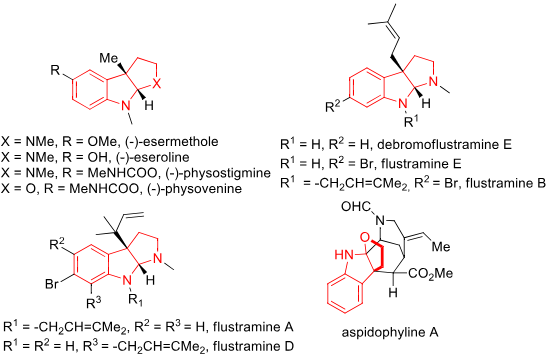
Indole Alkaloids Bearing FIH Skeletons: (-)-Esermethole, (-)-Eseroline, (-)-physostigmine, (-)-Physovenine, Flustramine E, Flustramine B, Flustramine A, Aspidophyline A.
CAS number: 60940-34-3
Ebselen is an organoselenium compound known for its antioxidant, anti-inflammatory, and cytoprotective properties.

GSH Px-like activity of test compounds and Ebselen (3a)
CAS number: 61-73-4
Methylene blue is an organic chloride salt having 3,7-bis(dimethylamino)phenothiazin-5-ium as the counterion.

The Scopus database indicates that Methylene blue (MB) is widely utilized for various applications. The number of articles on MB dye degradation has been continuously increasing since 2010–2020, as shown in Figure 1.

The model and the structure of methylene blue (MB) dye molecule (Adapted with permission from the Royal. Society of Chemistry (license ID 1079849-1).
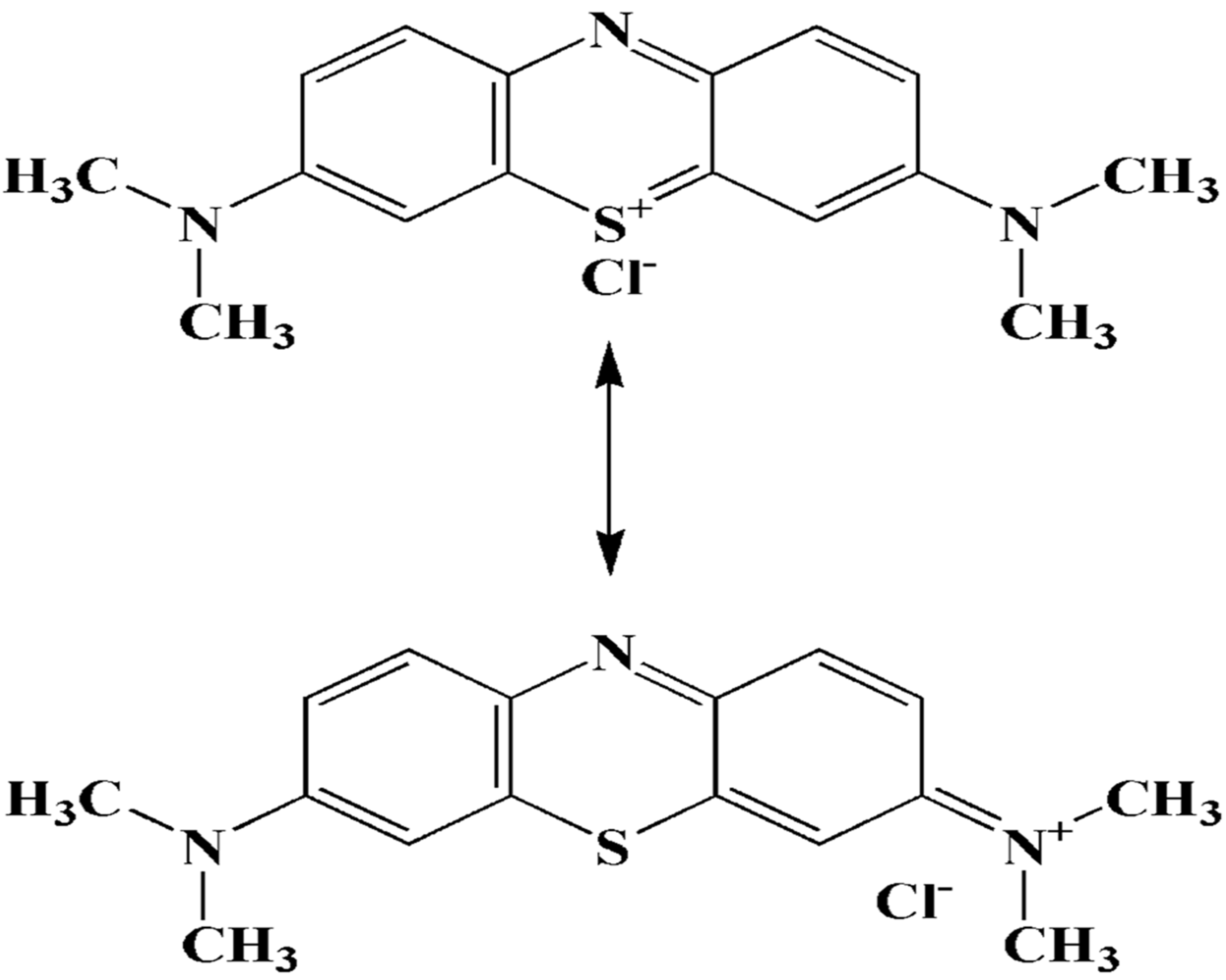
Different resonance structures of methylene blue (MB).

Harmful effects of the methylene blue (MB) dye.

Proposed photocatalytic mechanism of ZnO-NPs for the catalytic degradation of MB dye
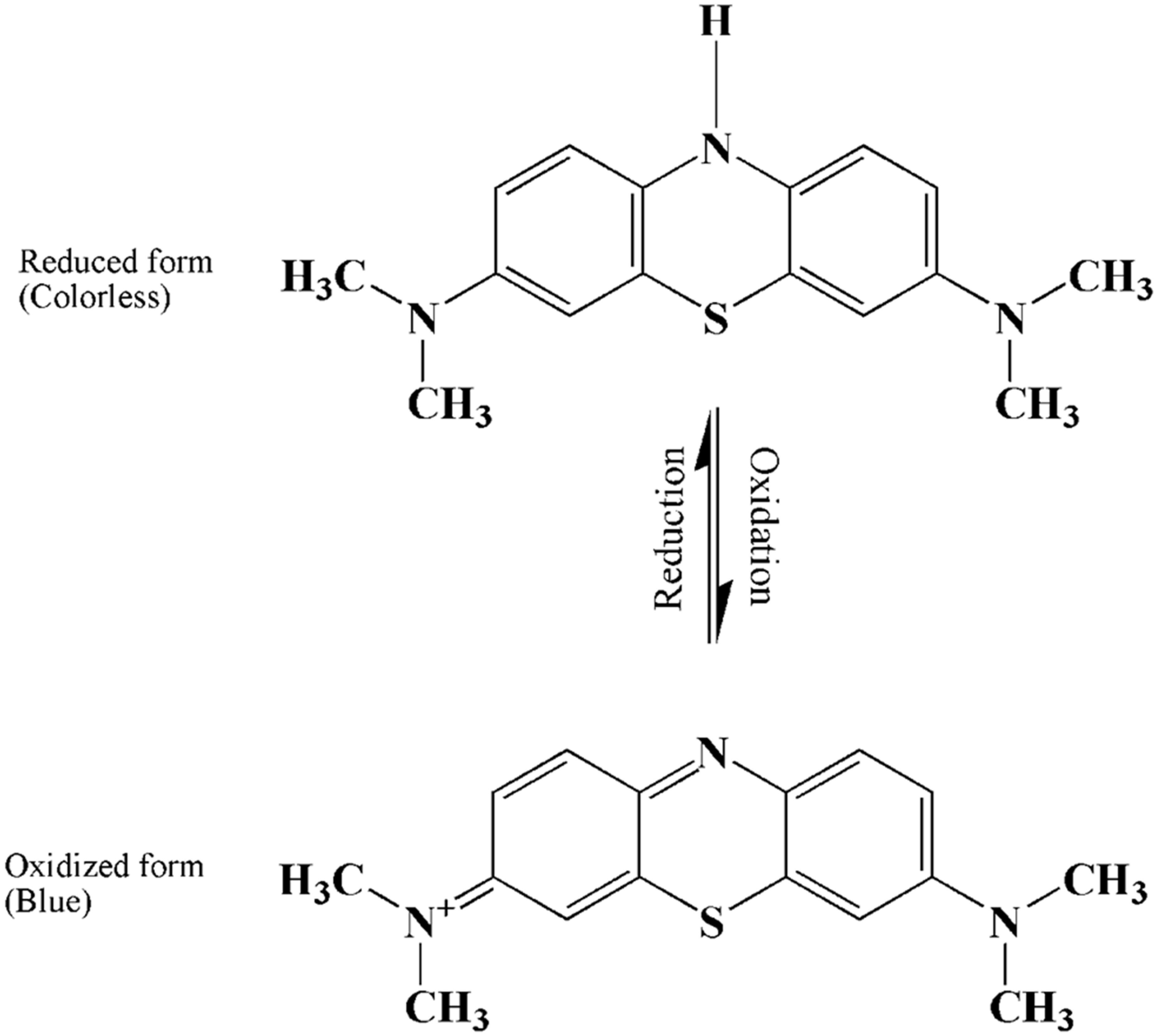
Oxidized and reduced forms of methylene blue (MB).
CAS number: 611-36-9
4-quinolone is a quinolone that is 1,4-dihydroquinoline substituted by an oxo group at position 4. It is a tautomer of a quinolin-4-ol.
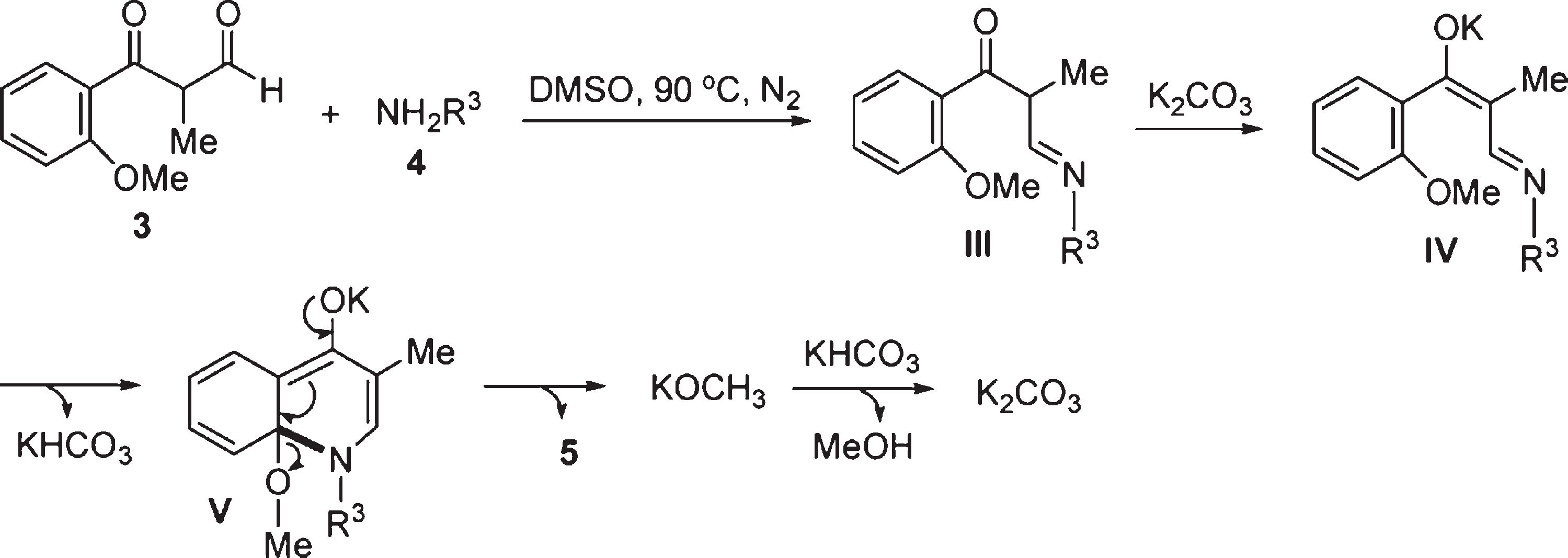
Possible Mechanism on Coupling of 3 with 4 Followed Intramolecular Cyclization under Base-Catalysis Leading to 4-Quinolone Derivative (5)
CAS number: 613-83-2
D-ribofuranose is a ribofuranose having D-configuration. It is a ribofuranose and a D-ribose.
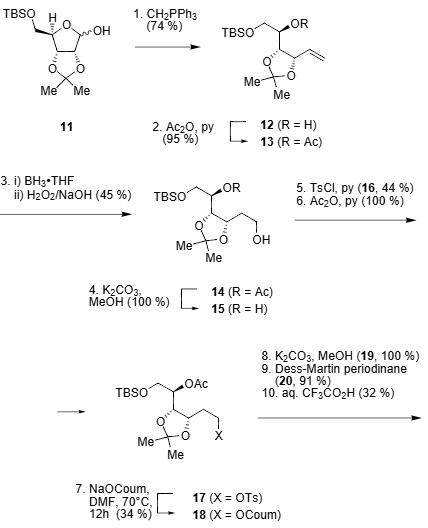
Synthesis of fluorogenic substrate 3 from protected d-ribofuranose 11.
CAS number: 616-45-5
Pyrrolidin-2-one is the simplest member of the class of pyrrolidin-2-ones, consisting of pyrrolidine in which the hydrogens at position 2 are replaced by an oxo group. The lactam arising by the formal intramolecular condensation of the amino and carboxy groups of gamma-aminobutyric acid (GABA).

Proposed explanation of the diastereoselective formation of 2-pyrrolidinones 7 and 2-piperidinones 8.